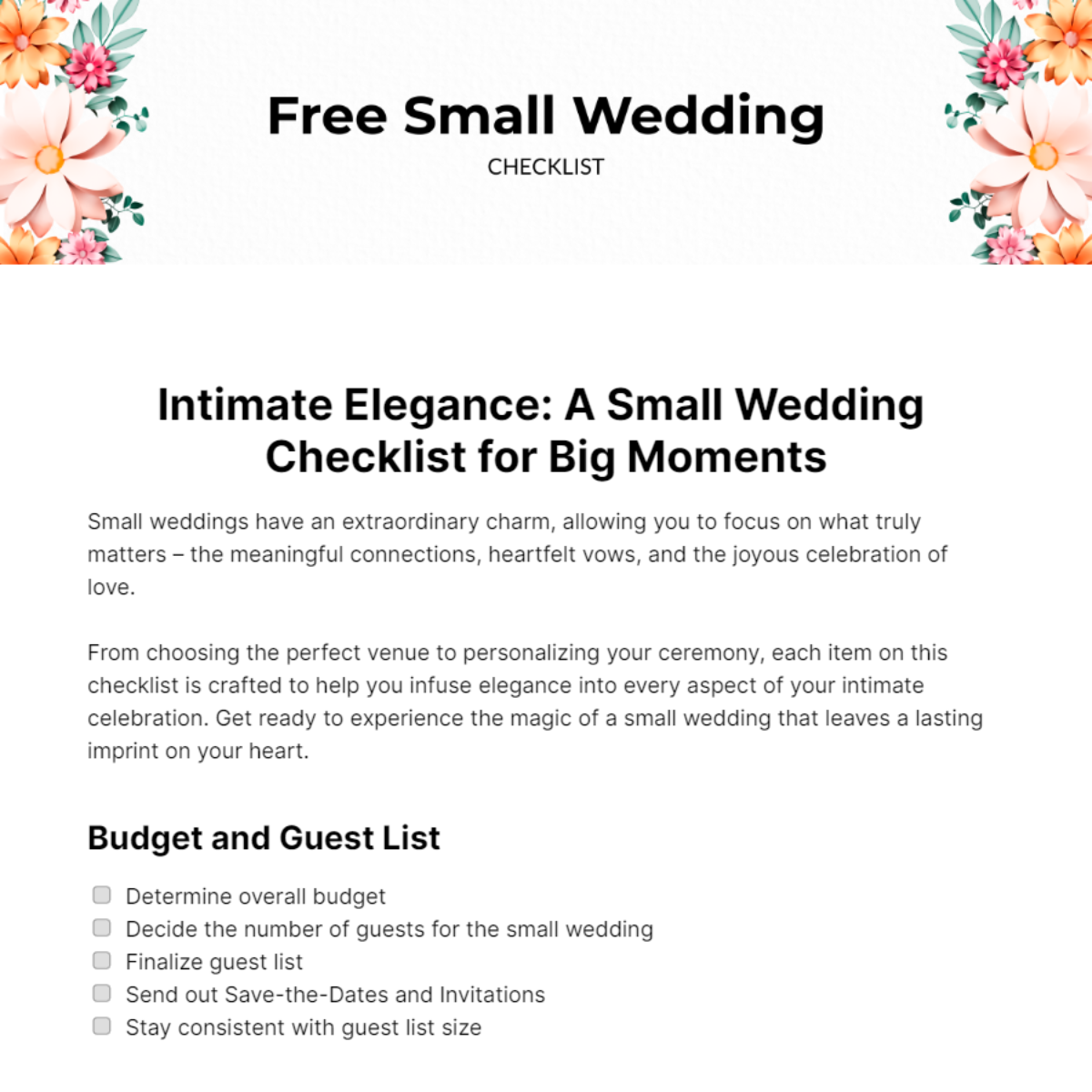Free Site Activation Checklist Template
Site Activation
This checklist is created to act as a comprehensive guide for setting up and activating a new site for [Your Company Name]. Created by [Your Name], it ensures meticulous attention to detail at every step of the way to fulfill our purpose of readiness and proper site setup.
Logistical Planning:
Evaluate and confirm the availability of required construction materials, equipment, and tools.
Coordinate the delivery schedules for materials and equipment to align with project timelines.
Establish storage areas and organize materials for easy accessibility.
Site Safety and Security:
Conduct a thorough safety inspection to identify and address potential hazards.
Implement safety measures, including the installation of safety signage, barriers, and emergency response protocols.
Verify that security measures are in place to protect equipment, materials, and personnel on-site.
Utilities and Services Activation:
Coordinate with utility providers to activate connections for water, electricity, and other essential services.
Confirm the proper functioning of utility systems, including testing electrical connections and water supply.
Establish contingency plans for utility-related emergencies.
Temporary Facilities Setup:
Establish temporary facilities such as site offices, restrooms, and first aid stations.
Ensure the availability of utilities, including electricity, water, and sanitation facilities for temporary structures.
Verify that temporary facilities comply with safety and building regulations.
Documentation and Record Keeping:
Organize and review all necessary documentation, including permits, licenses, and project plans.
Establish a system for documenting site activities, inspections, and incidents.
Implement a filing system for easy retrieval of project-related documentation.
Communication and Coordination:
Establish communication channels for effective coordination among project stakeholders.
Conduct orientation sessions to ensure all team members understand their roles and responsibilities.
Implement a centralized document management system for efficient communication.
Stakeholder Engagement:
Communicate the construction schedule and potential disruptions to nearby residents and businesses.
Address concerns raised by local communities and establish channels for feedback.
Foster positive relationships with stakeholders through transparent communication.
Health and Welfare Facilities:
Provide adequate facilities for the well-being of on-site personnel, including restrooms and break areas.
Implement health and safety measures, such as regular medical check-ups and access to first aid.
Ensure compliance with occupational health and safety standards.
Equipment and Machinery Activation:
Inspect and activate construction equipment to ensure proper functioning.
Implement preventive maintenance schedules for machinery.
Confirm that operators are trained and certified for the equipment they operate.
Community Relations:
Establish communication channels with neighboring properties to address potential concerns.
Communicate project timelines, noise levels, and other construction-related impacts to the local community.
Address community complaints or concerns in a timely and transparent manner.
Regular Inspection Schedules:
Implement a schedule for regular site inspections to monitor ongoing safety, logistics, and activation measures.
Conduct surprise inspections to identify potential issues and ensure continuous improvement.
Document and communicate findings to relevant stakeholders for corrective actions.






























